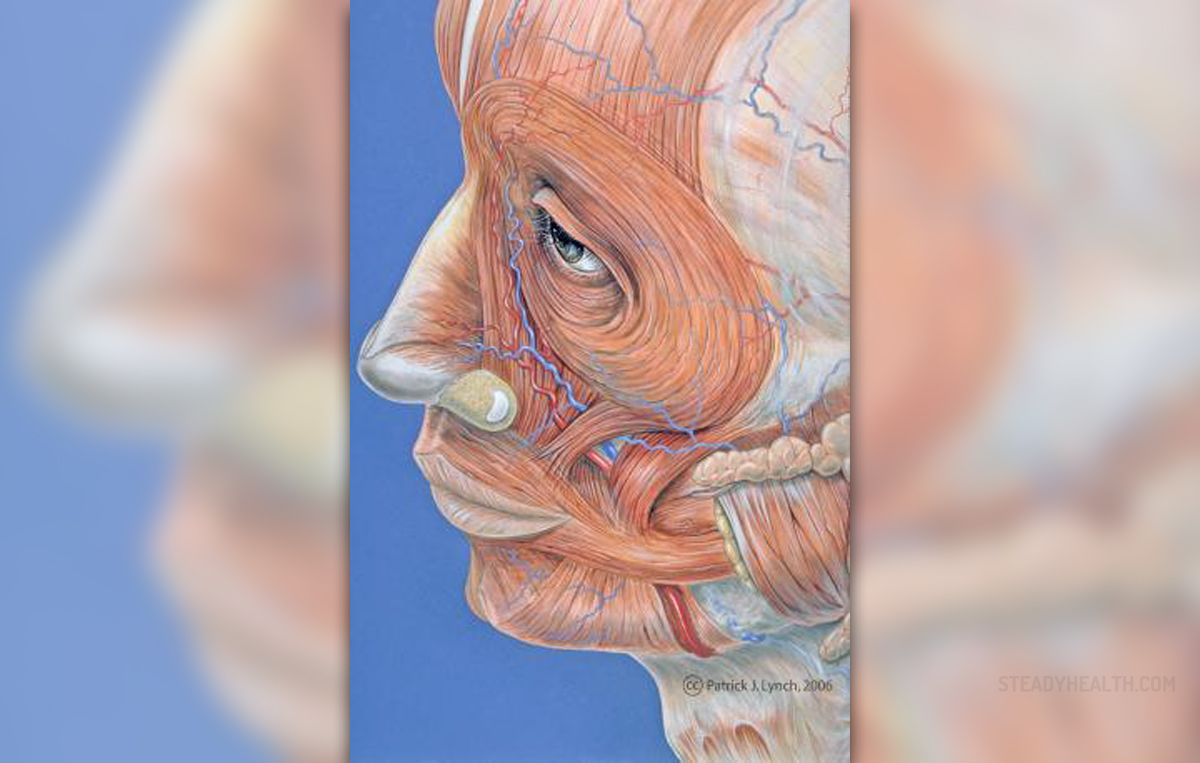
Fat grafting is a procedure in which small amounts of fat are taken from one part of the body and then reinjected or reimplanted in desirable part of the body. The fat can be implanted in various parts of the body such as the lips, nasolabial folds and the area under the eyes, the cheeks and many other parts of the body. The procedure is minimally invasive and highly successful in restoring a youthful look of an aging skin. The only problem related to fat grafting is that the body is likely to absorb injected fat. This absorption varies among patients.
People who opt for facial fat grafting must be healthy and they must not suffer from any active disease. So, prior the surgery the doctor examines all the patients and investigates patient's medical history. All the medications that are taken must be reported. This also refers to allergies to medications. The doctor is due to inform the patients about the results of the surgery as well as risks and potential complications.
Facial Fat Grafting - the Very procedure
The procedure includes a donor site and the treated site. Namely, the donor site is a body area from which fat tissue used in grafting is being taken. The treated site is a body part where the obtained fat tissue is going to be implanted. The patients may be administered an oral sedative and injections of sterile saline, lidocaine and sometimes epinephrine. Fat tissue is most commonly obtained from the buttocks or abdomen.
If a patient undergoes liposuction at the same time as facial fat grafting, fat tissue obtained from liposuction is used for facial fat grafting. In this case general anesthesia is required.
After taking fat tissue and prior its implantation in the desirable site the very tissue must be treated. Namely, the blood as well as other fluids and damaged fat cells must be removed. And finally, after being properly prepared fat tissue is injected with a sterile hypodermic needle.
Risks and Complications of Facial Fat Grafting
The most common problems associated with facial fat grafting are aesthetic ones. The surgeon may reimplant too much or not enough fat tissue. There is also a chance that a person will be satisfied for certain period of time and the results will be lost once the reimplanted fat tissue is absorbed. And finally, the surgery may cause facial asymmetry.
Apart from aesthetic considerations there are several more risks related to facial fat grafting and they include allergic reaction to anesthetics, infections and severe bruising. The most severe complication that may even lead to stroke and heart attack is fat embolism. It occurs if the injected fat enters the blood stream. Fortunately, fat embolism occurs in rather rare cases.



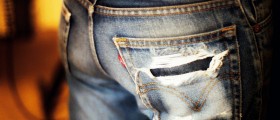
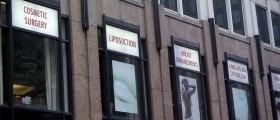
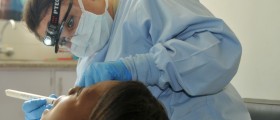
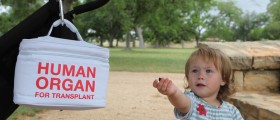

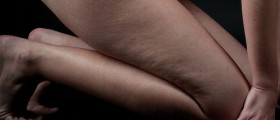




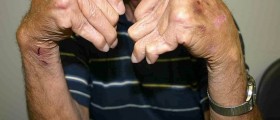
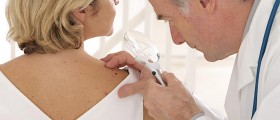
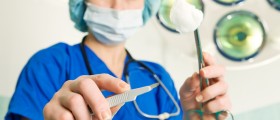
Your thoughts on this
Loading...